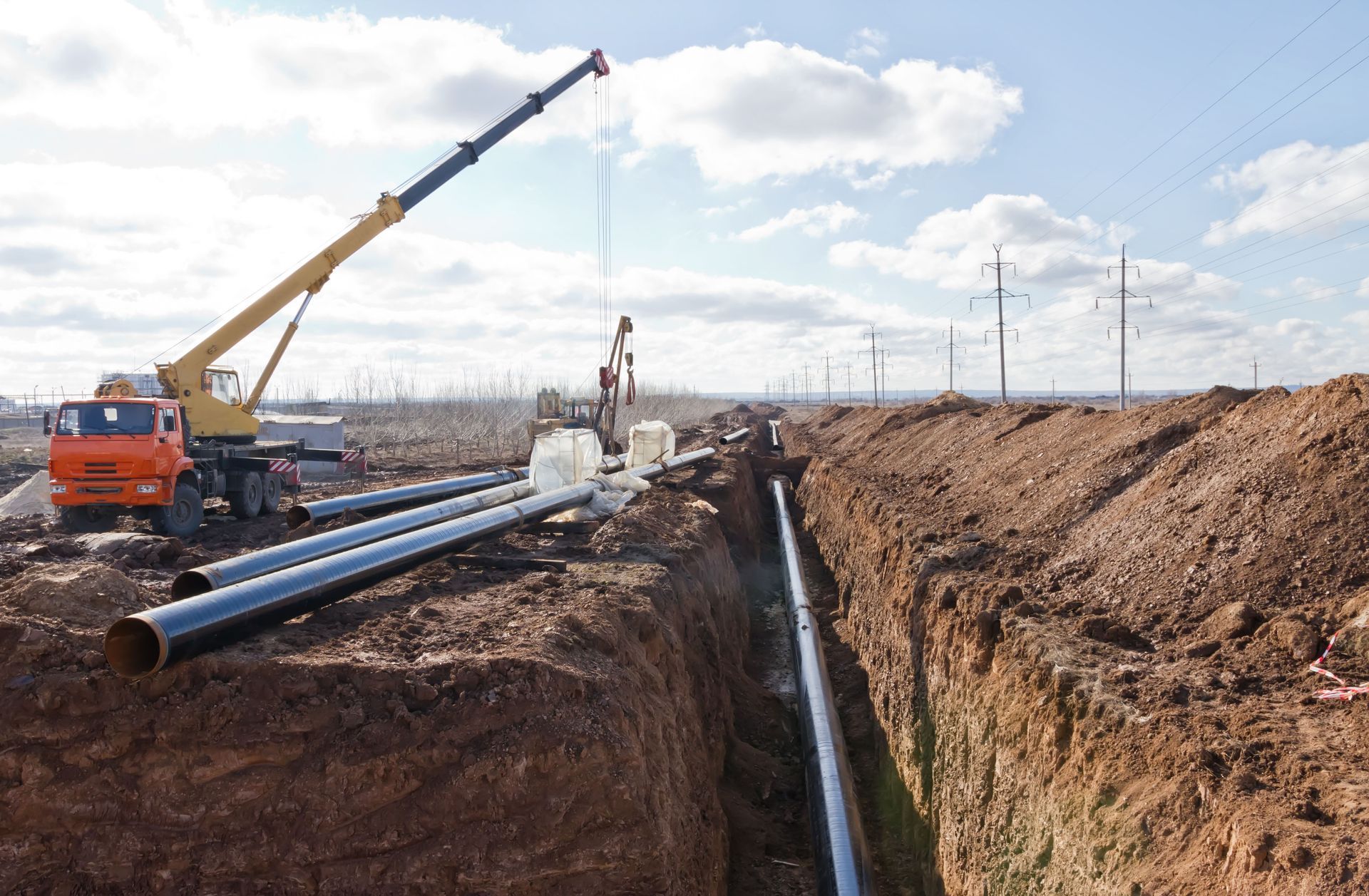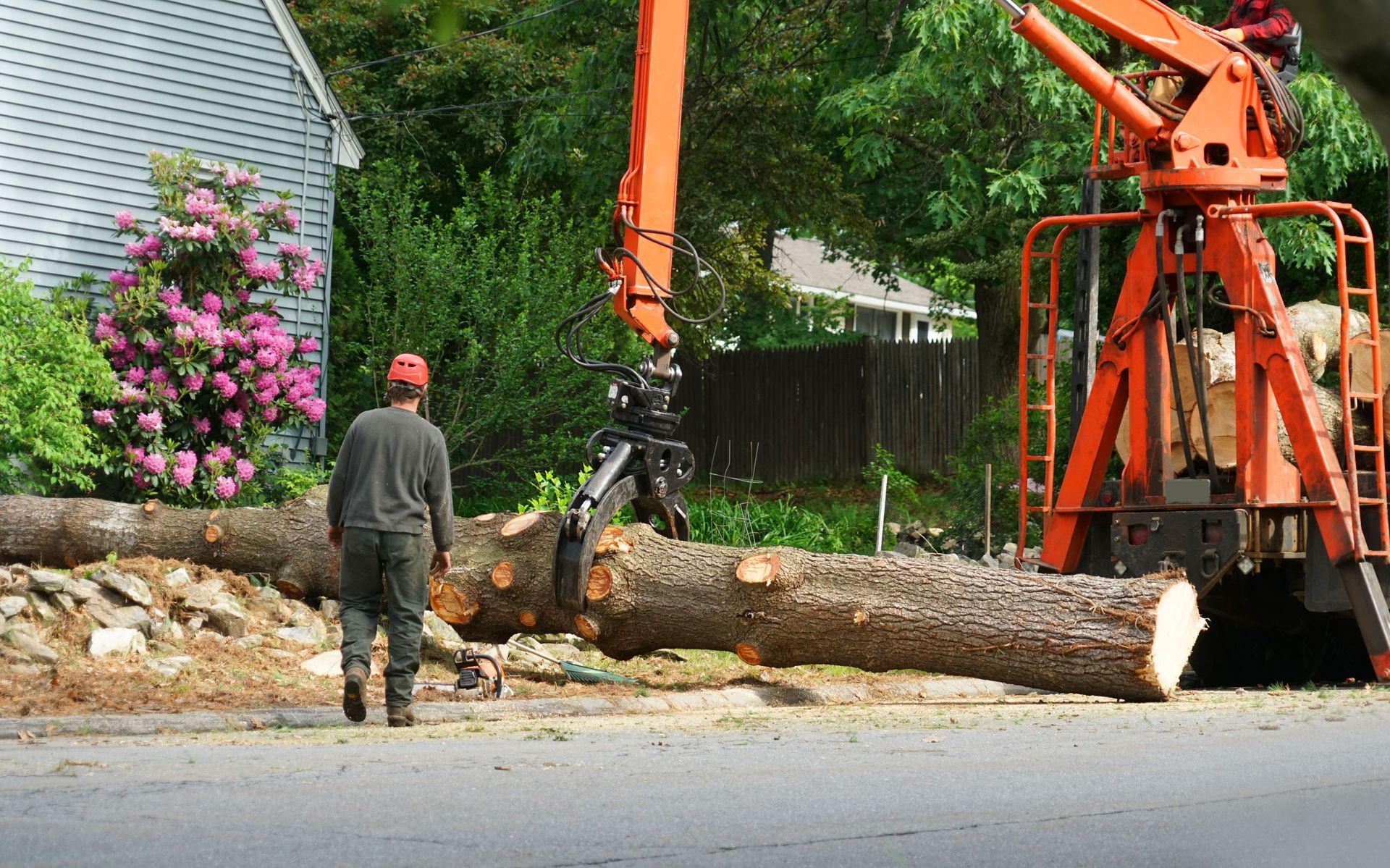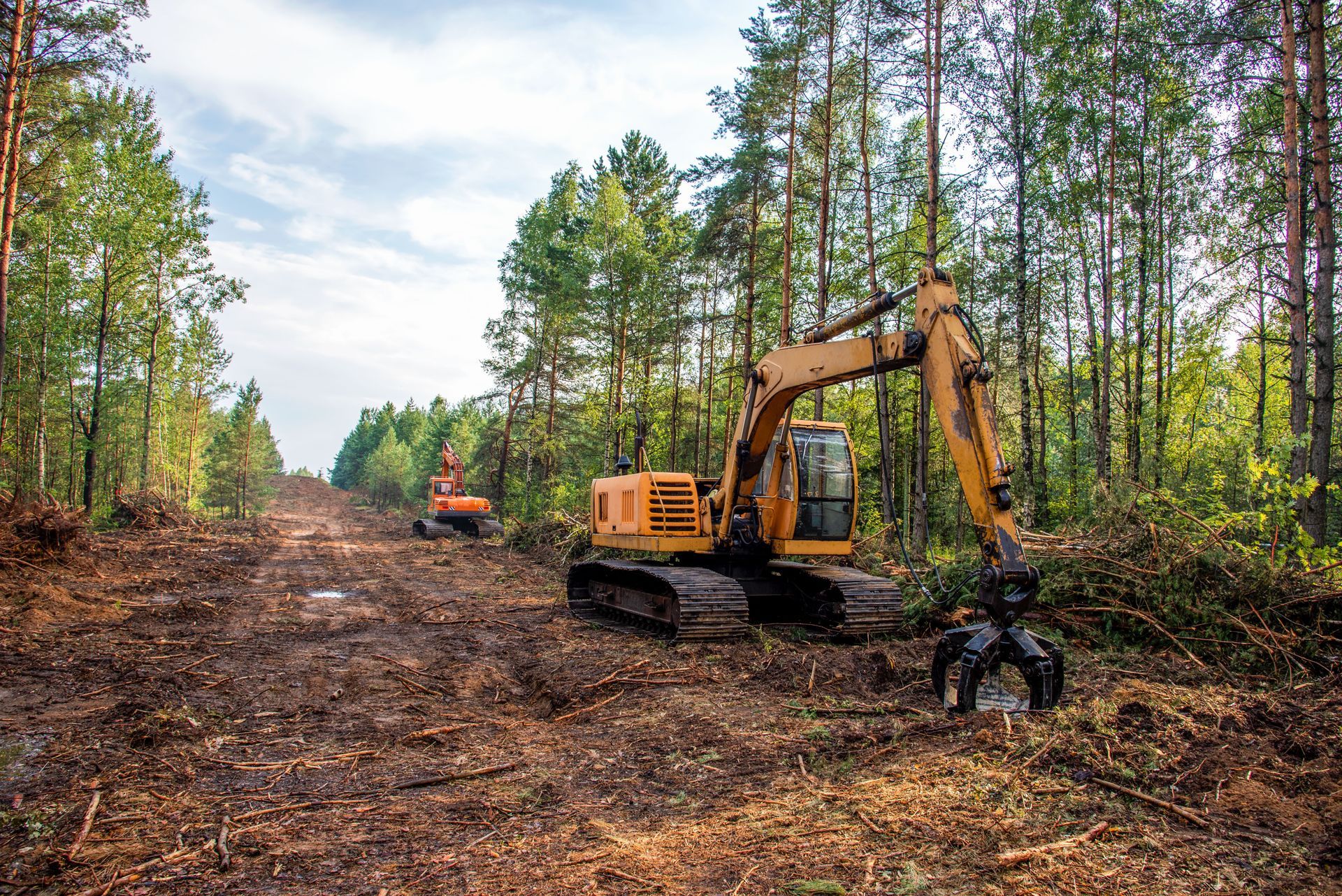How Are Crane Companies Reducing Carbon Footprints on Job Sites?
Highlights:
- Electric, hybrid, and low-carbon fuels are becoming common on active job sites.
- Telematics and data-driven planning help reduce unnecessary fuel burn and idling.
- Operator training, predictive maintenance, and greener logistics improve efficiency.
- Policy incentives and alternative fuels make sustainability more achievable in 2025.
- In Springfield, IL, companies like Russ Erlinger Crane Service lead with eco-conscious practices.
Smarter Planning and Digital Lift Optimization
Crane companies are rethinking their operations to reduce emissions while improving productivity. Through digital lift planning, 3D modeling, and telematics, teams can predict lift sequences, load paths, and rigging requirements before a crane arrives on site. This proactive strategy eliminates unnecessary picks, shortens setup time, and minimizes idling. When properly executed, a streamlined plan can reduce total machine hours and fuel use by up to 20 percent. For crews, digital coordination also improves safety and timing—keeping the project on schedule while cutting its carbon footprint.
Many companies now use AI-based scheduling tools that analyze lift data from previous projects to optimize crane positioning. These tools calculate the most efficient radius, minimize relocation time, and prevent equipment conflicts on congested job sites. The result is a well-coordinated project that uses fewer lifts, fewer repositions, and significantly less fuel. By combining artificial intelligence with human expertise, crane planners can now model dozens of lift scenarios before the first truck leaves the yard—drastically improving both efficiency and sustainability outcomes.
Low-Carbon Fuels and Renewable Diesel Adoption
Fuel replacement is one of the most impactful steps in lowering carbon emissions on construction sites. Many crane companies are now adopting renewable diesel as a direct substitute for petroleum diesel. According to the Alternative Fuels Data Center, renewable diesel meets ASTM D975 standards and can be used in existing engines without modification, cutting lifecycle greenhouse gases by up to 80 percent. Because it’s chemically identical to diesel, it doesn’t require infrastructure changes, making it an accessible solution for mixed fleets and remote jobsites.
Hybrid fuels and bio-blends are also gaining popularity for smaller cranes and support vehicles. These fuels improve lubricity and combustion efficiency, lowering soot output and extending engine life. Some crane rental providers even track the carbon intensity of their fuel suppliers and publish the data in sustainability reports. This transparency helps general contractors choose vendors who actively contribute to carbon reduction goals, reinforcing a shared responsibility for environmental performance across every stage of a construction project.
FAQ
What’s the easiest way to lower emissions on a job site?
Careful lift planning and reducing idle time provide immediate improvements.
Are renewable fuels widely available in 2025?
Yes, renewable diesel and biodiesel are now distributed in most major markets.
Can switching fuels void engine warranties?
No, renewable diesel meets the same performance specifications as regular diesel.
Idle Reduction and Telematics Integration
Idling continues to be one of the largest sources of unnecessary fuel consumption on job sites. Many crane companies now equip their fleets with telematics that track idle duration, fuel burn, and operator activity in real time. According to the EPA, idle-reduction initiatives significantly cut emissions and reduce maintenance costs by extending engine life. Some companies even set idle-time budgets or display live dashboards to motivate crews. Over time, these data-driven insights help operators and project managers collaborate to meet sustainability targets without slowing down the work.
Another benefit of telematics is predictive maintenance scheduling. Instead of relying on fixed service intervals, data from sensors can signal when filters are clogged or engines are running inefficiently. Addressing these issues early reduces both emissions and breakdowns. For large fleets, this approach creates measurable cost savings and boosts reliability—factors that directly contribute to lowering the total environmental impact of heavy lifting operations.
Electrification and Hybrid Crane Technology
Electric and hybrid cranes are quickly transitioning from prototype to practical. Battery-electric telehandlers and rough-terrain models are already in use on commercial projects, offering zero local emissions and quieter operation. For heavy lifts, hybrid systems capture and reuse energy from hoisting and slewing motions. According to the International Energy Agency, they report that non-road mobile machinery—including cranes—is central to industrial decarbonization and improved fuel efficiency. As battery technology advances, charging infrastructure and grid integration will make electrified lifting a realistic standard by the decade’s end.
Beyond emissions, electrification enhances worker safety and community relations. Reduced noise and vibration make cranes more suitable for urban projects near hospitals, schools, and offices. These improvements not only support sustainability but also foster a healthier, more productive work environment. The shift toward hybrid and electric machinery shows that clean technology can improve both environmental and human factors simultaneously.
Greener Logistics and Material Handling
Reducing the carbon footprint isn’t just about the crane itself—it’s about how materials move around it. Each additional delivery of counterweights, mats, or jib sections adds emissions. Coordinating deliveries through shared logistics platforms allows multiple subcontractors to reduce trips and idle time. Local laydown yards, modular rigging kits, and properly sequenced lifts can further minimize transport miles. The fewer times a crane must move or reconfigure, the lower its total emissions per lift hour. These strategies also improve site safety and reduce equipment wear, making sustainability a win-win.
FAQ
How can telematics reduce costs as well as emissions?
Tracking idle time and maintenance schedules prevents waste and increases uptime.
Do hybrid cranes perform as well as diesel cranes?
Yes, most hybrid systems maintain lifting power while cutting fuel use by 10–15%.
Can smaller cranes handle major commercial lifts?
When properly planned and sequenced, yes—smaller units can achieve large-scale lifts efficiently.
Operator Training and Predictive Maintenance
Human performance is a major variable in sustainability. Operator training programs now focus on smooth throttle use, proper engine warm-up, and minimal re-picks. With telematics feedback, companies can identify trends in efficiency and create training modules around real-world data. Predictive maintenance also plays a major role in emission reduction. A properly serviced crane with clean filters, sealed hydraulics, and correctly tensioned tracks uses less fuel and produces fewer pollutants. Preventing breakdowns saves resources while keeping projects on schedule—a critical balance for modern contractors.
Data Transparency and Sustainability Reporting
Crane rental companies are increasingly expected to document their sustainability performance. Digital reporting tools now generate emission metrics such as fuel-per-lift-hour or carbon-intensity-per-project. These figures are shared with general contractors and developers as part of their environmental, social, and governance (ESG) goals. Many public and private contracts now require such disclosures before awarding bids. For forward-looking firms like Russ Erlinger Crane Service in Springfield, IL, transparent reporting isn’t just good business—it demonstrates leadership in an evolving and competitive industry.
Some firms are going even further by integrating sustainability dashboards into client portals. These platforms show cumulative fuel savings, emission reductions, and idle-time trends throughout a project. By making sustainability metrics as visible as safety or schedule performance, crane companies can drive continuous improvement and keep clients informed of progress toward net-zero construction goals.
Policy Shifts and Future Outlook
Government policy continues to drive green innovation across the construction sector. The EPA supports cleaner construction equipment initiatives, while international agencies emphasize efficiency and electrification in industrial machinery. Together, these policies are reshaping expectations for sustainability on job sites. As crane fleets transition toward hybrid and electric models, digital lift management, renewable fuels, and real-time data will define the future of low-carbon construction. Companies that adopt these technologies today will not only meet emissions standards—they’ll lead the industry into a cleaner, more efficient tomorrow.
FAQ
Is there a high cost to start reducing emissions?
Not necessarily—small steps like idle tracking and renewable fuel use yield quick returns.
Are emissions reports required for most contracts now?
Many major infrastructure and public works projects do require emissions documentation.
How soon will electric cranes become mainstream?
Most analysts expect significant adoption within five years as charging infrastructure improves.
As sustainability becomes a central focus in construction, crane companies are proving that environmental progress and operational performance can go hand in hand. Through smart planning, alternative fuels, electrification, and comprehensive data reporting, leaders like Russ Erlinger Crane Service in Springfield, IL, demonstrate that greener lifting practices are achievable today—not years down the road. The continued collaboration between contractors, equipment manufacturers, and policymakers will drive this transformation forward, creating a cleaner, more resilient future for the heavy-lifting industry and the communities it serves.





Share On: